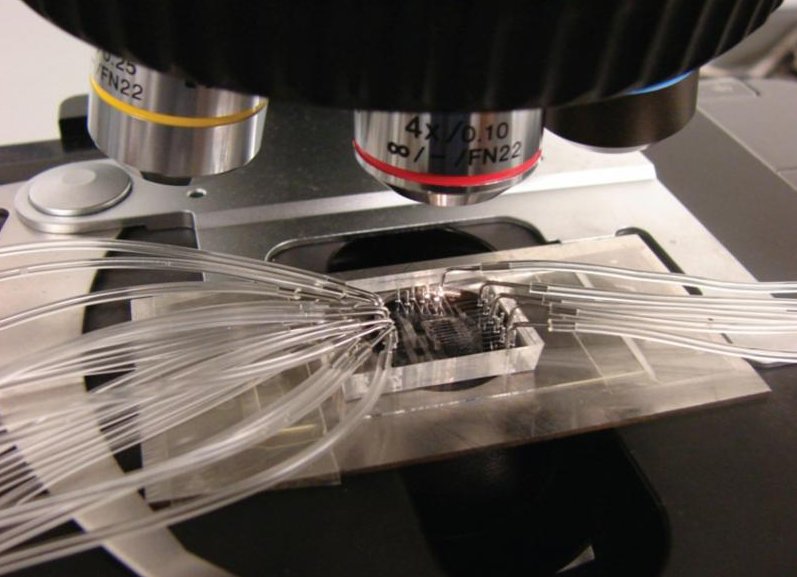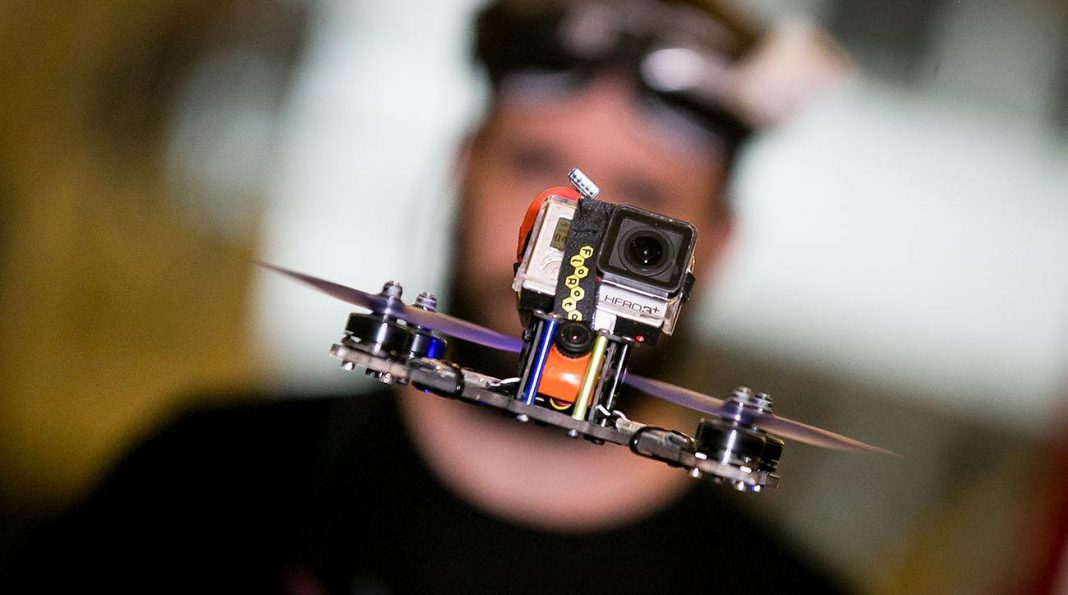These days everything from our social lives to health can be personalized and tracked by devices like smartphones or FitBit. With these smart technologies, we can manage our health, avoid traffic in our commutes, and find a date for tonight. Engineers from Rutgers University’s Department of Electrical and Computer Engineering are working on extending these preferences and technologies to the field of medicine.
The device, described in the journal Lab on A Chip, performs multiple roles that were previously done by full laboratories. The “lab-on-a-chip” developed by the Rutgers researchers is a biosensor that analyzes bodily fluids, like blood or sweat, searching for the biomarkers of disease.
“One biomarker is often insufficient to pinpoint a specific disease because of the heterogeneous nature of various types of diseases, such as heart disease, cancer, and inflammatory disease,” said Mehdi Javanmard, one of the researchers. “To get an accurate diagnosis and accurate management of various health conditions, you need to be able to analyze multiple biomarkers at the same time.”
The device and other lab-on-a-chip devices combine a number of tests, usually done by larger tools, and compress it into a wearable size. The Rutgers device electronically barcodes microparticles with a new technique and transplants the sensors onto microchips. “This is really important in the context of personalized medicine or personalized health monitoring,” Javanmard said. “Our technology enables true labs on chips. We’re talking about platforms the size of a USB flash drive or something that can be integrated onto an Apple Watch, for example, or a Fitbit.”
In its present state, the biosensor can return results with over 95 percent accuracy. But the engineers are aiming for 100 percent accurate identification of biomarkers. Javanmard and his team hope to develop a version that can be placed on existing device and also identify microparticles in multiple objects. However, this could take at least two more years in development while a stand-alone device could take as much as five more years.
More News to Read











